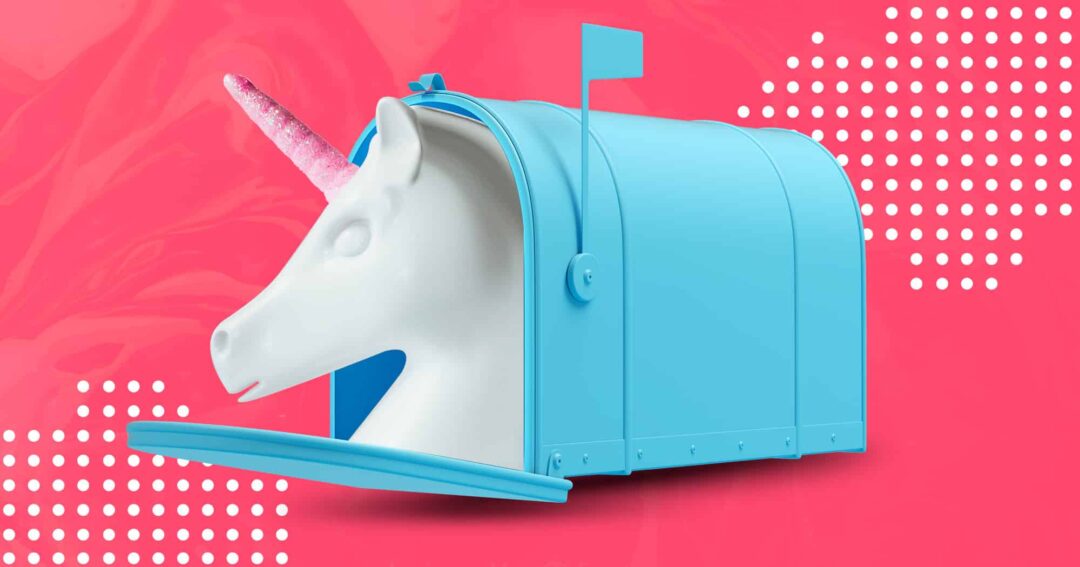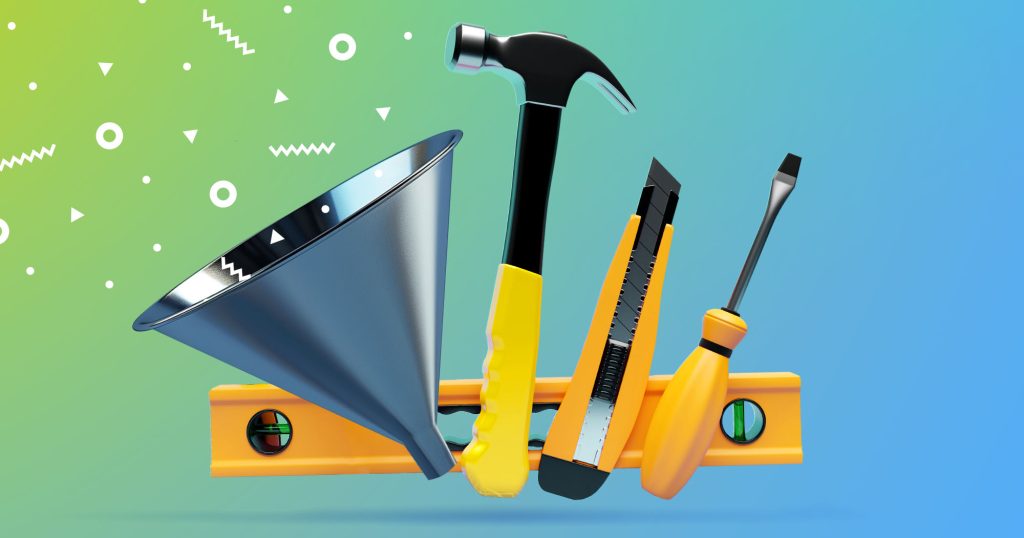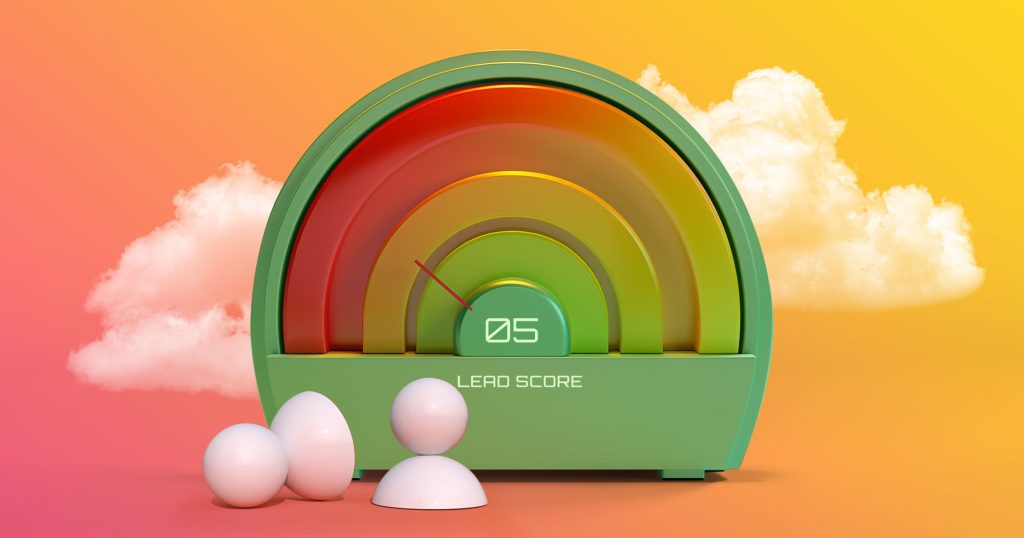Types of triggered messages
Since messages may be triggered by different customer actions, their content also differs accordingly. There are many standard trigger actions, let’s look at the most common of them.
Cart abandonment
This type of triggered message is in the marketing arsenal of most retail businesses. Indeed, when a customer has put items in the shopping cart but left just before checkout, they may need that little push to complete the purchase.
This is where a triggered email or chat message can help. Set it up to be sent immediately after the customer leaves the website reminding them about the items they chose and including a certain encouragement – either by telling them that the items that are available now may be gone soon or by offering some special conditions, especially if this is a first-time customer. If effectively planned and executed, this strategy can help businesses recover abandoned carts and increase the ROI.
The design of your abandoned cart reminder may be different but don’t forget to include a Return to Cart link taking the customer right to the items they chose.

Browsed product
This is another great moment to trigger a message to your customer. They visit your website, they browse, they click this product or that product…and then they leave. However, you have definitely caught their attention if they spent some time with you.
Gather the items that they have browsed in a special personalized message and send it to the customer with a gentle prompt to continue shopping while the products are still available. Such a message received soon after visiting the web store may push the customer to return and, maybe, make a purchase.

Order confirmation
This is the type of message that customers love the most. This is the message that says “Everything is OK, your order is placed”. This is the message customers will definitely open and be very likely to return to, because the order confirmation usually contains important details, such as tracking numbers and delivery terms.
Knowing that the message has a very high chance of being opened, why not include some additional information there? How about “Matching items”? Or “Partner offers’? Or “On sale now”? Well, you get the idea.

Status change
If you maintain a loyalty program, you can congratulate your customer on reaching a certain status with a personalized email. Compose a warm note announcing a new status, explaining its benefits and opportunities and, maybe, inviting them to browse the shop.
You can also send a similar message on the occasion of your customer’s anniversary with you – a year from signing up, for example.
Inactivity
An absence of action can also be a message trigger. Set up reminder messages to customers who have stopped visiting your website or shopping with you. You may include some of your current offers in it, too, based on the customer’s previous shopping history.
A catchy subject line, for example, mentioning a personalized offer has high chances of attracting the customer’s attention and being opened.
Best practices of boosting sales with triggered messages
Like any component of a marketing campaign, triggered messages should be set up smartly and strategically. Their very sense is in being delivered to the right person at the right time. Let’s see what you can do to make the most of your triggered message campaign and how to increase sales with it.
Consider your data sources
Triggered messages are always in response to a customer’s action, thus, they should be related to such an action. Prepare different message templates for different situations based on the customer’s behavior.
What can you use to better target your triggered messages? Monitor how your customers interact with you:
- Their account data
- What they browse on your website
- Their purchase history
- The platforms they use to interact with your website
Set clear goals
Each of your triggered messages should pursue a definite goal. Think about what you are trying to achieve with each message you send out and structure the template to reach that very goal.
For example, the goal of a cart abandonment reminder should be to prompt the customer to return to the cart and complete the purchase. If you are sending an order confirmation, your goal may be to get the customer interested in related products. This is what Airbnb does – they confirm your stay simultaneously offering tours, excursions and various entertainment programs.

Schedule your messages
While customers regard triggered emails as more relevant than the others that they receive from businesses, they still get overwhelmed with the amount of mail coming in every day. According to a customer survey, the three top reasons for unsubscribing are related to the emails being either too numerous or irrelevant.
Try to time your triggered emails so that they are not sent too close together but still at the right time after the trigger event. This way, you will achieve your primary goal of prompting the customer to an action while not getting them annoyed. Many message automation tools offer scheduling options. Check, for example, a tool like this, to get the idea.
Personalize your messages
Customers have provided enough information to you, either directly or indirectly, to compose the message to be personal. Depending on the type of your triggered message, you can use the goods they browsed, the purchases they made, the location they live in, their loyalty status, their birthdays to create truly personalized messages.
Look at the Booking.com example. Some time after you have made a reservation through their services, they send you an offer to explore the attractions. The message starts with calling the customer by name and is focused on their destination.

Use automation tools
Automation saves time and ensures that your triggered messages are sent at the right time and with the right content. With automation tools, you can set up smart marketing campaigns where many processes run on their own saving you time for more creative tasks.
At the same time, don’t forget to gather and monitor the performance metrics of your marketing activities. This way, you will be able to detect any deficiencies early and make necessary adjustments. Most marketing automation tools come with an analytics feature allowing to set up and track multiple KPIs.
Conclusion
If you are running an email marketing campaign, make sure to include triggered messages. Their value is much higher than standard marketing emails while setting them up is no big deal if you are using the right tool.
I hope this list of best practices will help you build successful campaigns and boost your conversions. Try and test different options, create unique content, learn more about how to increase sales with triggered messages from professionals. If you want more information on using automation tools in your marketing campaigns, contact us, and our team will be happy to help.










![Upselling and Cross-selling: The Go-To Guide [+7-Step Framework Inside] Upselling and Cross-selling: The Go-To Guide [+7-Step Framework Inside]](https://reply.io/wp-content/uploads/upsale-1024x538.jpg)

